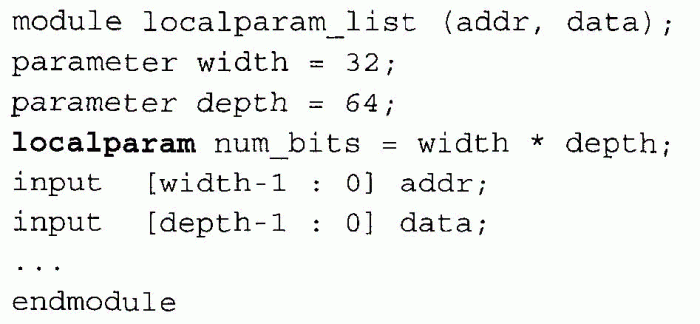Interview questions on system verilog – Interview Questions on SystemVerilog: Embark on a comprehensive exploration of the fundamental concepts, verification techniques, design methodologies, and advanced topics of SystemVerilog. This guide will equip you with the knowledge and insights necessary to excel in interviews and showcase your proficiency in this powerful hardware description and verification language.
SystemVerilog has emerged as a cornerstone in the realm of electronic design automation, enabling engineers to efficiently model, verify, and implement complex digital systems. Mastering SystemVerilog is crucial for aspiring hardware engineers seeking to excel in the industry. This guide provides a structured approach to understanding the intricacies of SystemVerilog, empowering you to confidently navigate technical discussions and demonstrate your expertise.
SystemVerilog Interview Questions: Fundamentals

SystemVerilog is a hardware description language (HDL) used for designing and verifying digital circuits. It extends the capabilities of Verilog-HDL by providing features such as object-oriented programming, assertions, and covergroups.
Key Concepts and Features
- Object-oriented programming: SystemVerilog supports object-oriented programming concepts such as classes, inheritance, and polymorphism.
- Assertions: SystemVerilog provides assertions to specify properties that the design must satisfy during simulation.
- Covergroups: Covergroups are used to specify coverage goals for verification.
Data Types and Operators
- SystemVerilog supports a wide range of data types, including integers, floating-point numbers, and strings.
- It also provides a variety of operators, including arithmetic, logical, and bitwise operators.
Modules
- Modules are the basic building blocks of SystemVerilog designs.
- There are different types of modules, including behavioral modules, structural modules, and testbenches.
SystemVerilog Interview Questions: Verification
SystemVerilog provides powerful features for verification, including assertions, covergroups, and testbenches.
Verification Principles
SystemVerilog verification involves specifying properties that the design must satisfy and then checking that these properties are met during simulation.
Verification Methodologies, Interview questions on system verilog
- There are different verification methodologies used in SystemVerilog, such as functional verification, coverage-driven verification, and formal verification.
- Each methodology has its own strengths and weaknesses, and the choice of methodology depends on the specific design and verification requirements.
Assertions and Covergroups
- Assertions are used to specify properties that the design must satisfy during simulation.
- Covergroups are used to specify coverage goals for verification.
SystemVerilog Interview Questions: Design

SystemVerilog can be used to design digital circuits at different levels of abstraction.
Design Techniques
- SystemVerilog supports a variety of design techniques, such as hierarchical design, parameterized design, and test-driven design.
- These techniques help to improve design productivity and quality.
Interfaces and Ports
- Interfaces and ports are used to connect different modules together.
- Interfaces define the communication protocol between modules, while ports provide the physical connection.
Design Patterns
- SystemVerilog provides a number of design patterns that can be used to improve the quality and reusability of designs.
- These patterns include the singleton pattern, the observer pattern, and the factory pattern.
SystemVerilog Interview Questions: Advanced Topics: Interview Questions On System Verilog

SystemVerilog provides a number of advanced features, such as packages, libraries, macros, and testbenches.
Packages and Libraries
- Packages and libraries are used to organize and reuse code.
- Packages contain related classes, modules, and functions, while libraries contain collections of packages.
Macros and Preprocessor Directives
- Macros and preprocessor directives are used to simplify and automate the design process.
- Macros are used to define shortcuts for frequently used code, while preprocessor directives are used to control the compilation process.
Testbenches
- Testbenches are used to test and verify SystemVerilog designs.
- They contain test cases that are used to exercise the design and check for errors.
Expert Answers
What are the key features of SystemVerilog?
SystemVerilog offers a wide range of features, including strong typing, object-oriented programming capabilities, advanced data structures, and extensive verification capabilities.
How is SystemVerilog used in verification?
SystemVerilog provides robust verification capabilities through constructs such as assertions, covergroups, and constrained random verification, enabling engineers to thoroughly test and validate their designs.
What are the different types of SystemVerilog modules?
SystemVerilog modules can be classified into various types, including structural modules, behavioral modules, and interface modules, each serving specific purposes in the design hierarchy.